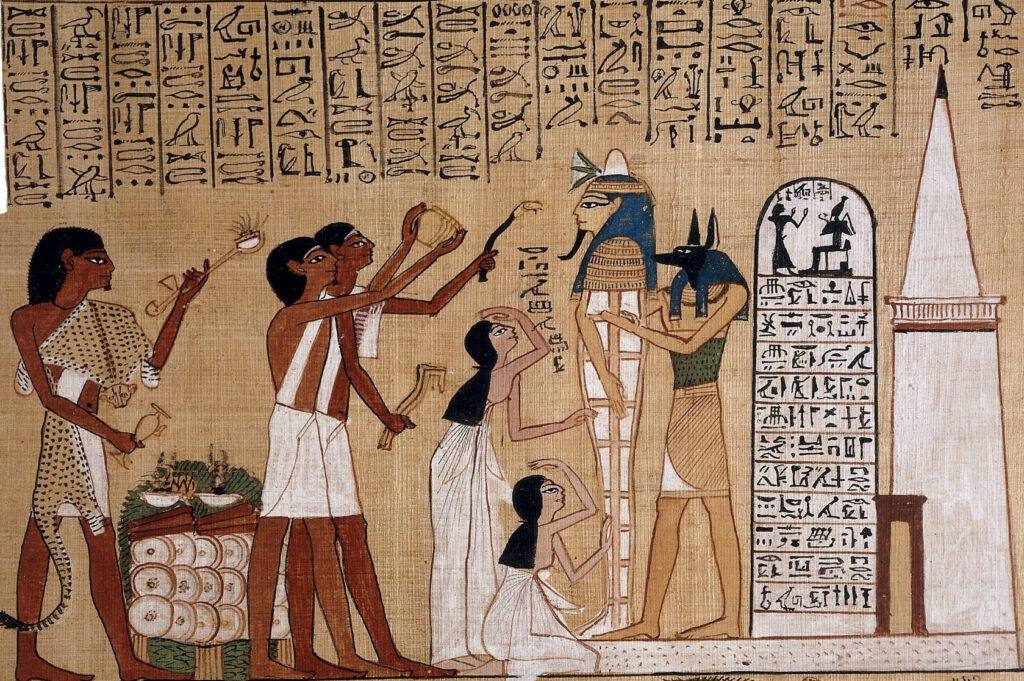A Century-Old Mystery Revealed
In a groundbreaking discovery, researchers have finally unveiled the secrets of a 2,300-year-old Egyptian mummy that had been hidden in a Cairo museum basement for over a century. Using advanced technology and digital unwrapping techniques, scientists have gained unprecedented access to the preserved remains of a teenage boy, offering new insights into ancient Egyptian funerary practices.

The Journey of Discovery
For more than 100 years, this mummy lay undisturbed, guarding the wisdom of an ancient civilization. However, as technology advanced, a team of dedicated researchers embarked on a mission to unravel its mysteries. Through state-of-the-art scanning and digital reconstruction, they began to peel back the layers of linen wrappings that had concealed the teenage boy’s remains for millennia.

Treasures Within the Wrappings
A Wealth of Amulets
As the digital unwrapping process unfolded, researchers discovered 49 meticulously arranged amulets within the mummy’s wrappings and body cavity. These amulets, many crafted from gold, included the revered Eye of Horus and a two-finger amulet, symbolizing protection, good health, and warding off evil. The extensive use of gold indicated the boy’s high social status and the importance of his journey into the afterlife.

Ancient Funerary Practices Revealed

The discovery aligns with the teachings of the Egyptian Book of the Dead, providing valuable insights into ancient funerary practices. The positioning of the amulets and the removal of organs (except for the heart) during mummification reflect the complex beliefs surrounding death and the afterlife in ancient Egyptian culture.
The Boy’s Story Unfolds
A Glimpse into the Past
Historical records indicate that the mummy was discovered in 1916 in Nag el Hassaya, a necropolis in Edfu. The style of mummification and location suggest that the boy lived during the Ptolemaic period when Egypt was under Greek rule.
Contributions to Egyptology
Led by radiologist Sahar Saleem from Cairo University, the research team’s groundbreaking work has significantly expanded our understanding of ancient Egyptian history and culture. Their digital unwrapping techniques have previously yielded valuable insights into the lives of other notable figures such as Amenhotep I and Ramesses III.

Conclusion: Bridging Ancient and Modern Worlds
The unveiling of the ‘Golden Boy’ mummy offers a remarkable glimpse into the funerary practices of ancient Egypt. This discovery not only enriches our understanding of ancient Egyptian culture but also demonstrates the power of modern technology in unlocking the secrets of the past, bringing ancient civilizations back to life in ways never before possible.
